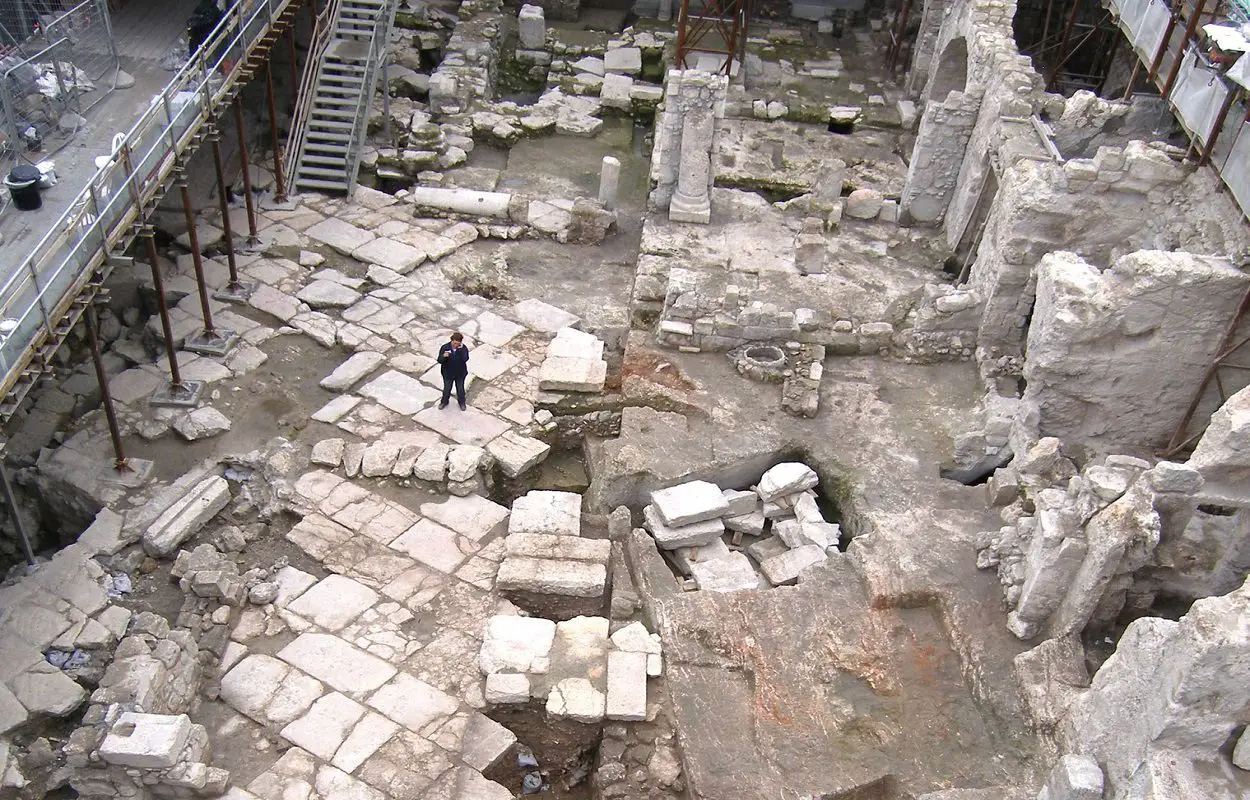Archaeologists have discovered a clay seal stamp from the First Temple period during excavations in the Western Wall Plaza, Jerusalem.
According to Dr. Weksler-Bdolah, “This is the first time that such a sealing has been found in a legal excavation, and it supports the biblical record of the existence of a governor in Jerusalem 2,700 years ago.”
The seal measures 13 x 14 mm and was made using fired lump clay. The upper part of the seal depicts two figures in a facing position, while the back has an inscription written in ancient Hebrew script.
The inscription reads ““belonging to the governor of the city”. The title “Governor of the City” is known from the Bible and from extra-biblical documents, referring to an official appointed by the king.
Governors of Jerusalem are mentioned twice in the Bible: Joshua is the governor of the city in the days of Hezekiah (2 Kings), and, Maaseiah is the governor of the city in the days of Josiah (2 Chronicles).

Prof. Tallay Ornan of the Hebrew University and Prof. Benjamin Sass of Tel Aviv University described the seal: “Two men face each other in a mirror-like manner above a double line. Their heads are depicted as large dots lacking details. The outward-facing hands are dropped down, and the inward-facing hands are raised. All the figures wear striped knee-length garments.”
IAA archaeologists suggest that the seal was likely placed on an important missive or official dispatch, serving as an indication of the governor’s office.
The discovery was made in the northwestern part of the Western Wall Plaza from a strata dating to the First Temple-Period (7th to 6th centuries BC). According to a press release by the Israel Antiquities Authority, one of the several buildings exposed in this area was the likely destination of the missive and seal.
Previous excavations have found large assemblages of seals in the vicinity, suggesting that the building(s) were inhabited by high ranking officials involved in the governance of Jerusalem.
Header Image Credit : Yoli Shwartz, Shlomit Weksler-Bdolah and Clara Amit
Sources : Israel Antiquities Authority





